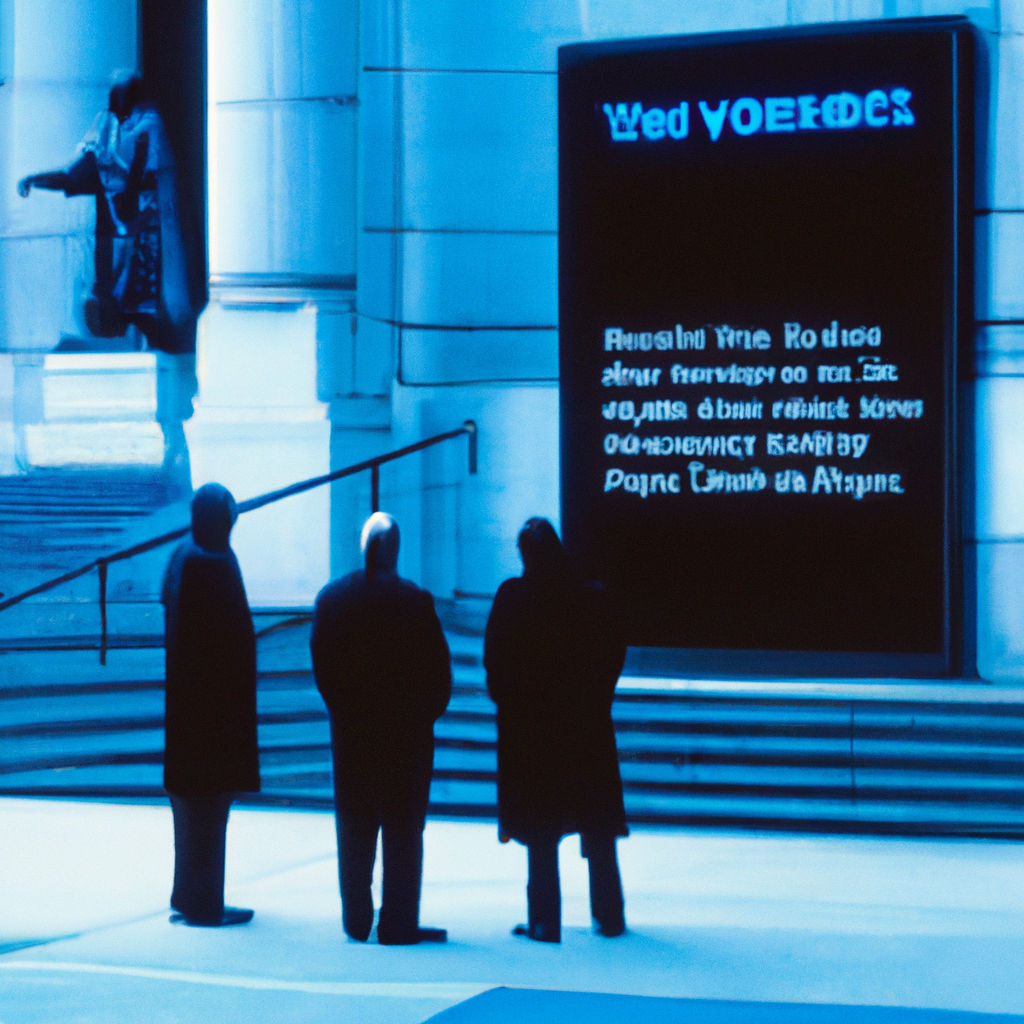
In an act that poignantly threads the delicate fibers of justice through the weave of history, the Louvre museum in Paris has recently become the custodian of two seminal 17th-century paintings, restored to the art canon after decades of disputed ownership. Donated by the heirs of Jewish families from whom these treasures were looted during the dark tapestry of Nazi occupation, these works are not only masterpieces of art but also silent narrators of resilience and recovery.
The two paintings, whose tumultuous journey spanned more than seven decades and crossed shadows of war and displacement, were originally part of distinguished private collections before being forcibly taken. Hidden away and then displayed improperly through stolen valor since the 1950s, it was only through the meticulous work of genealogy experts that the rightful heirs were able to stake their claim, allowing for a momentous return to rightful ownership and now, to altruistic donation.
This gesture of donation is more than a mere transfer of valuable art; it is a profound act of reconciliation and a beacon of hope for the return of countless other artworks lost in the turmoil of the mid-20th century. These pieces, one a sweeping landscape and the other a quiet, introspective portrait, reflect the nuanced and complex histories of their origins and their odyssey back to the public eye. The landscape, attributed to a master of the Dutch Golden Age, encapsulates the tranquil yet potent style characteristic of the era, while the portrait, an intimate study by an Italian virtuoso of the Baroque, delves into the emotional depth and personal turmoil of its subject.
The unveiling of these masterpieces at the Louvre was marked by a ceremonious acknowledgment of their histories. Attendees of the unveiling included not only the art world’s glitterati but also descendants of the original owners, who stood by, witnessing the restitution of their familial legacy. This event was not just an exhibition opening; it was a public acknowledgment of the wrongs of the past and a celebration of the enduring strength and dignity of the human spirit.
As these paintings take their place on the esteemed walls of the Louvre, they bridge the gap between the harrowing past and a more hopeful present. They serve as testament to the power of art to convey complex histories and emotions, and as symbols of justice and the triumph of memory over forgetfulness.
The ongoing conversation surrounding art restitution continues to challenge institutions and collectors worldwide. With each successful return, the art world cautiously stitches another patch onto the quilt of history, mending tears wrought by war and greed. These paintings, now gleaming under the thoughtful lights of the Louvre, remind us of the inextricable link between art, its origins, and its narrative power.